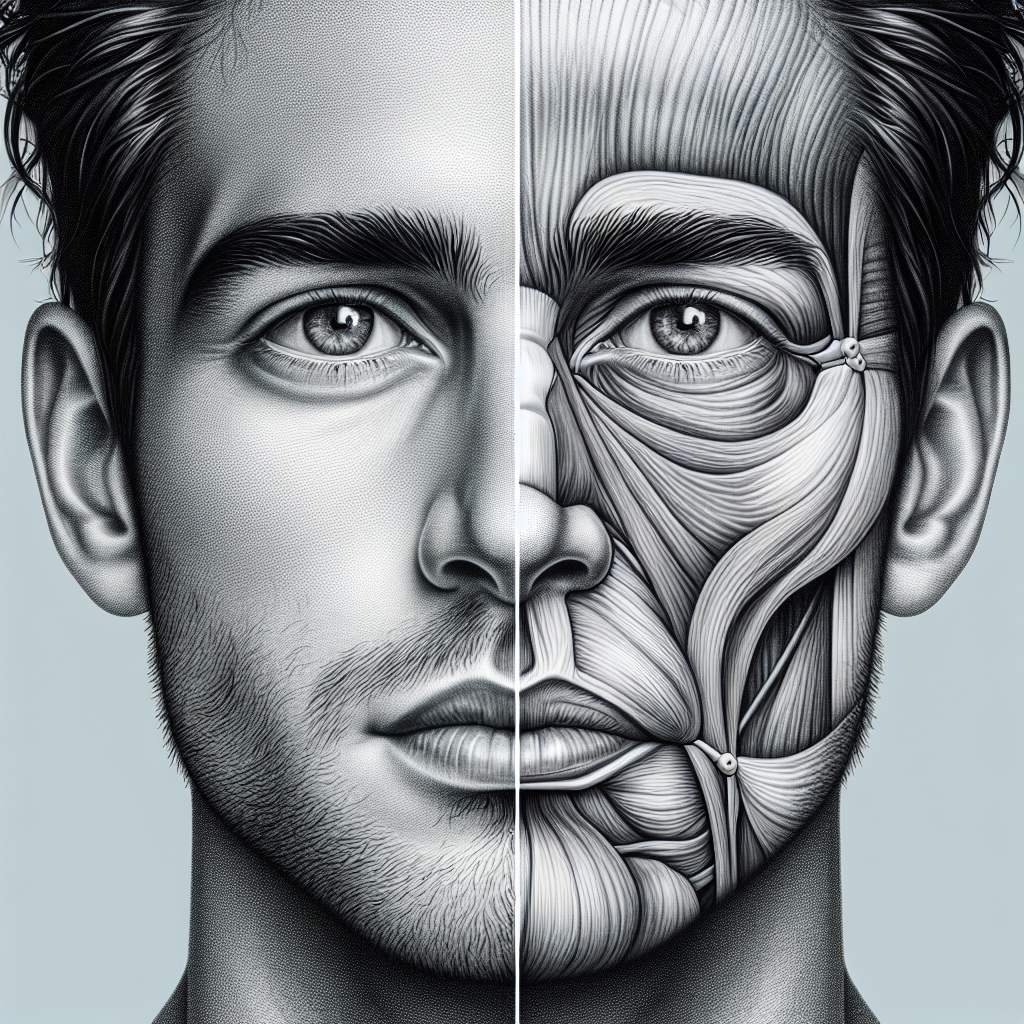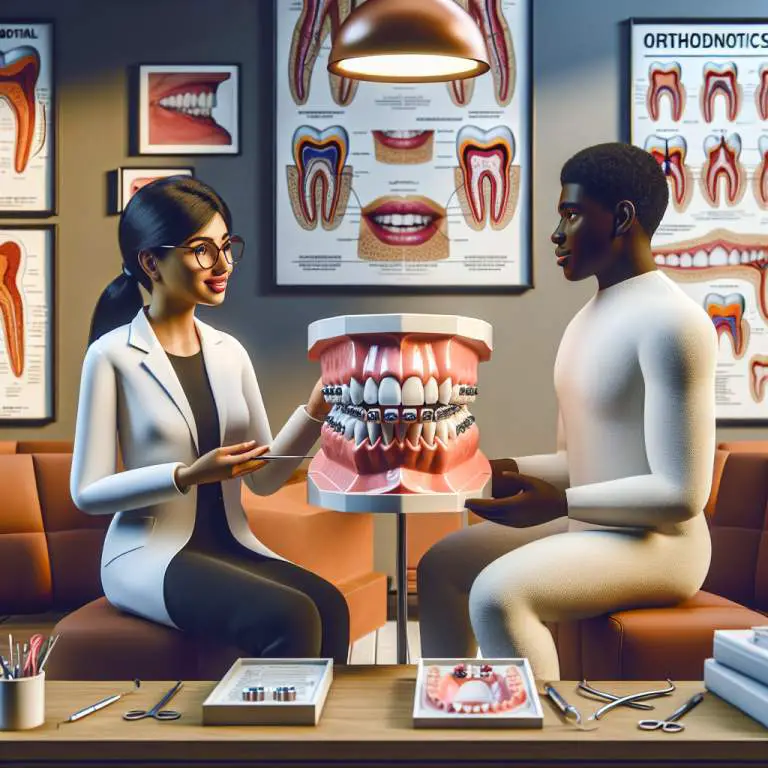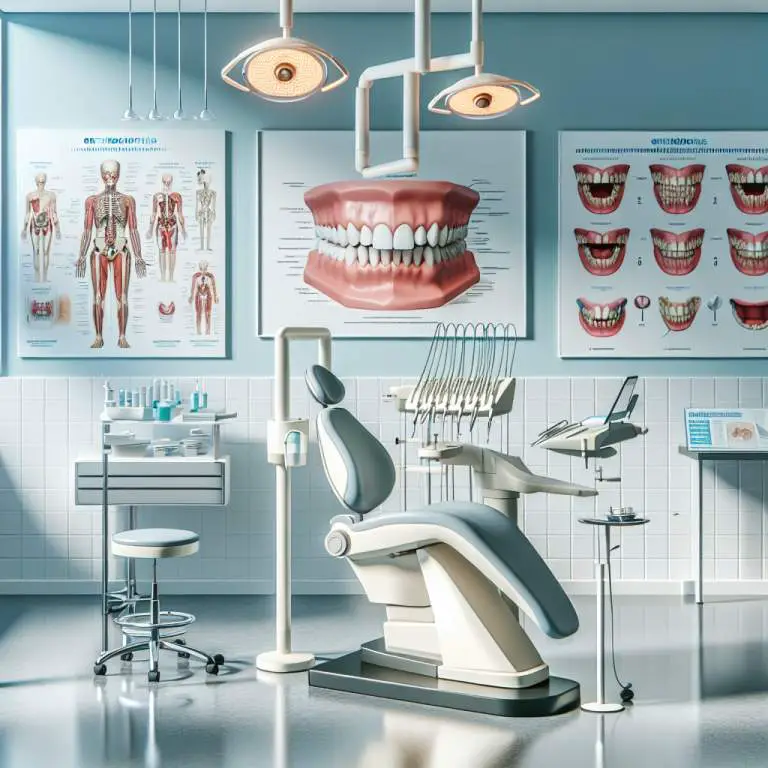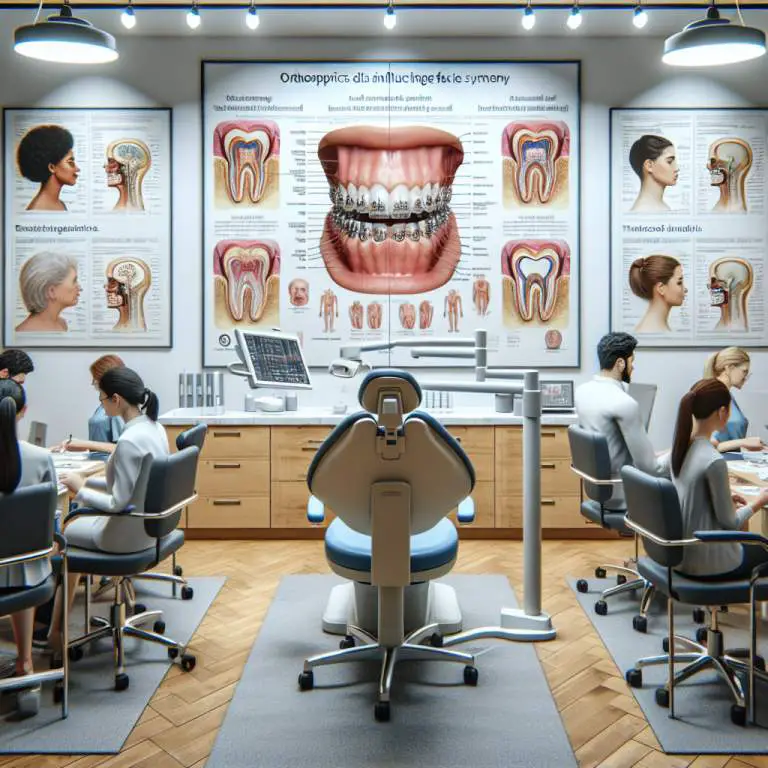Can mewing change facial structure over time?
Yes, mewing can change facial structure over time if practiced consistently. This technique involves positioning the tongue against the roof of the mouth, which may help in reshaping the jawline and aligning teeth more naturally. However, significant changes require patience and years of continuous practice. It’s important to note that results can vary greatly from person to person.

How Does Mewing Work to Potentially Alter Facial Structure?
Mewing is a technique that involves placing your tongue against the roof of your mouth. This position is supposed to help shape the bones in your face and jaw. People who teach mewing say it can make your jawline look better.
The idea is that by keeping your tongue in this special spot, you’re using muscles in a way that might change how your face looks over time. It’s kind of like exercise for your face. The goal is to get a sharper, more defined look.
What Are the Theoretical Benefits of Consistent Mewing Practice?
If you keep up with mewing, some people say it could do more than just change how your jaw looks. They believe it might also help with breathing problems or even stop snoring. That’s because mewing could open up space in your airways, making it easier to breathe.
Another possible benefit is better posture. When you’re mewing correctly, you have to keep your head and neck straight. This can help train your body to sit and stand more upright. So, not only could your face change, but how you carry yourself might improve too.
Can Mewing Actually Influence Bone Structure in Adults?
This question gets asked a lot because we usually think bones can’t change once we’re grown up. However, some folks believe that because the bones in our skull are different from other bones, there might be a chance for change with techniques like mewing.
Even though adults’ bones are mostly set in their ways, the idea behind mewing suggests that constant pressure over time could encourage slight adjustments. But remember, we’re talking about maybe seeing changes after doing this for a long while—not overnight.
What Evidence Exists to Support Changes in Facial Structure Through Mewing?
Finding solid proof that mewing works can be tricky. There aren’t many scientific studies out there specifically looking at mewing and its effects on the face. Most of what people talk about comes from personal stories or before-and-after photos shared online.
Some doctors and orthodontists have noticed changes in their patients who practice mewing regularly. But again, these observations aren’t part of big research projects. So while there are hints that something positive might be happening, we don’t have clear evidence yet.
| Effect | Description | Timeframe |
|---|---|---|
| Jawline Definition | Improved definition and prominence of the jawline due to muscle engagement. | 6-12 months |
| Cheekbone Prominence | Slight elevation and more pronounced cheekbones as a result of upward force from tongue posture. | 1-2 years |
| Dental Alignment | Potential improvement in dental alignment and bite due to the positioning of the tongue against the palate. | Continuous, varies greatly per individual |
| Nasal Airway Improvement | Better nasal breathing capacity by potentially expanding the palate and opening up the nasal airways. | 1-3 years |
| Facial Asymmetry Correction | May help in correcting mild facial asymmetry through balanced muscle use on both sides of the face. | 2+ years, varies greatly per individual |
| Note: The effects can vary significantly between individuals based on various factors including age, genetics, consistency in practice, and existing anatomical structure. Professional guidance is recommended for personalized advice and to avoid potential adverse effects. | ||
How Long Does It Take to See Results from Mewing?
Seeing results from mewing can vary greatly among individuals. Some people report noticing changes in a few months, while others may not see visible improvements for a year or more. The process is slow and requires consistent effort.
The time it takes to observe changes also depends on factors like age and how correctly the technique is performed. Younger individuals tend to see results faster due to their more malleable bone structure. Proper technique is crucial for effectiveness.
Are There Any Risks or Downsides to Practicing Mewing?
Mewing, when done incorrectly, can lead to jaw pain or discomfort. This usually happens if someone applies too much pressure with their tongue or maintains an unnatural position for extended periods. It’s important to follow the technique carefully and listen to your body.
Additionally, there’s a risk of disappointment if expectations are set too high. Since mewing results can be subtle and take time, some individuals might feel discouraged if they don’t see quick improvements. Setting realistic expectations is key.
What Techniques and Practices Complement Mewing for Optimal Results?
To complement mewing and achieve optimal facial structure results, maintaining overall good posture is essential. Poor posture can negate the benefits of mewing by putting unnecessary strain on the neck and jawline. Practicing regular exercises that strengthen the neck and shoulders can help improve posture.
Another complementary practice is chewing mastic gum or other hard gums to strengthen jaw muscles. This can enhance the effects of mewing by promoting muscle growth around the jawline, leading to a more defined appearance over time.
Final Thoughts
Mewing offers a natural way to potentially improve facial structure, but it requires patience and consistency. Understanding that results vary widely among individuals is important before starting this practice.
Risks associated with mewing are minimal when performed correctly, but it’s crucial not to have unrealistic expectations about rapid transformation. Combining mewing with good posture practices and jaw-strengthening exercises can optimize outcomes for those committed to trying this technique.







